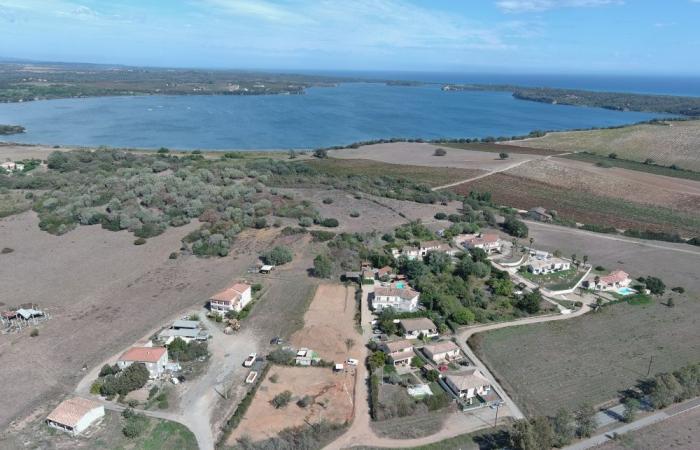Two adjoining preventive excavations were carried out by the National Institute of Archaeological Research (Inrap) in Aleria over nearly 3000 m². This work revealed the presence of a tile workshop from the 1st century AD located on the northern bank of the Tavignano. “The tile production activity follows an occupation from the Early Iron Age materialized by several dozen hollow structures and stone installations, within which we find abundant indigenous ceramic material associated with several occurrences of Etruscan imports” , detail the archaeologists.
A preventive archeology operation at the origin of the discovery
After a first intervention from April to July, a team of archaeologists from Inrap is currently carrying out (since September and until December) a second preventive excavation in the town of Aléria (Upper Corsica). These excavations were prescribed by the regional archeology service (Drac de Corse) before the construction of individual houses.
“At the foot of the southern slope of the small hill overlooking the Diana pond, vestiges of the first Iron Age bear witness to a first phase of human settlement on this site. The occupation is materialized by around fifty structures, in hollow or stoned, which yielded indigenous ceramic material and of Etruscan import, as well as an important corpus of macrolithic tools”explain the scientists.
The excavation thus made it possible to highlight a complete sector of artisanal activity, where all the stages of the tile manufacturing operational chain are identifiable.
Next to it, a warehouse, surrounded by buttresses and equipped with a crawl space, was used to store finished products. Archaeologists also found pits of production-related waste, as well as a section of track leading to the workshop.
On the outskirts of this artisanal area, a small funerary complex was identified, made up of eight burials, mainly in tile casing, with a few funerary objects. The acidity of the soil prevented the preservation of the bones, but an urn and some ceramic and glass offerings were found. This funerary context seems contemporary with the tile maker's workshop.
Research will continue in the laboratory at the beginning of 2025 to deepen the analyses, refine the dating and shed light on these successive occupations.






